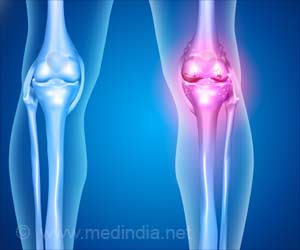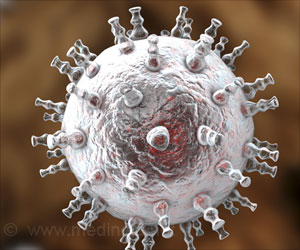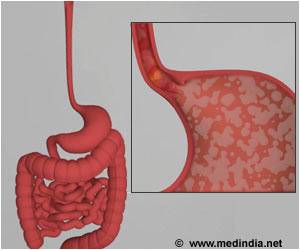Green tea is produced from the leaves of the evergreen plant Camellia sinensis . The major active ingredients of green tea are polyphenolic compounds, known as catechins.
Green tea is produced from the leaves of the evergreen plant Camellia sinensis . The major active ingredients of green tea are polyphenolic compounds, known as catechins. Catechins of green tea leaves account for about 10% of dry ht, including (-)-epigallocatechin gallate (EGCG), (-)-epigallocatechin (EGC), (-)-epicatechin gallate (ECG) and (-)-epicatechin (EC), where EGCG accounts for approximately 50% of the total amounts of catechins in green tea.
The biochemical studies conducted so far on the anti-influenza effects of green tea polyphenols have focused on EGCG. Recently, a research group from the Department of Biotechnology, College of Engineering, Yonsei University, South Korea, investigated the antiviral effects of various catechin compounds, EGCG, ECG and EGC, on influenza virus with a view to investigate the structure-activity relationships of the green tea polyphenolic compounds. The catechins were evaluated for their ability to inhibit influenza virus replication in cell culture and for potentially direct virucidal effect.Among the test compounds, the EGCG and ECG were found to be potent inhibitors of influenza virus replication in MDCK cell culture and this effect was observed in all influenza virus subtypes tested, including A/H1N1, A/H3N2 and B virus. EGCG and ECG exhibited hemagglutination inhibition activity, EGCG being more effective. However, the sensitivity in hemagglutination inhibition was widely different among three different subtypes of influenza viruses tested.
In their study to be published in the journal Antiviral Research (available online 9 August 2005), the authors conclude that ECG and EGCG were found to be much more effective than EGC, and besides the known inhibition of hemagglutination, the compounds also exerted inhibitory effect on neuraminidase and affects viral RNA synthesis at high concentration.
The results, along with the HA type-specific effect, suggest that the antiviral effect of catechins on influenza virus is mediated not only by specific interaction with HA, but altering the physical properties of viral membrane.











